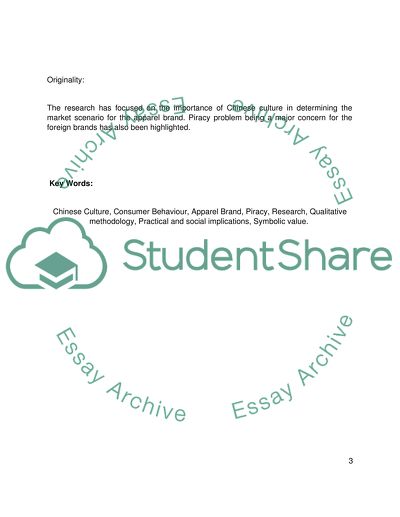Cite this document
(“Challenges of International Apparel Brands in Penetrating China Essay”, n.d.)
Retrieved from https://studentshare.org/marketing/1395161-challenges-of-international-apparel-brands-in
Retrieved from https://studentshare.org/marketing/1395161-challenges-of-international-apparel-brands-in
(Challenges of International Apparel Brands in Penetrating China Essay)
https://studentshare.org/marketing/1395161-challenges-of-international-apparel-brands-in.
https://studentshare.org/marketing/1395161-challenges-of-international-apparel-brands-in.
“Challenges of International Apparel Brands in Penetrating China Essay”, n.d. https://studentshare.org/marketing/1395161-challenges-of-international-apparel-brands-in.


